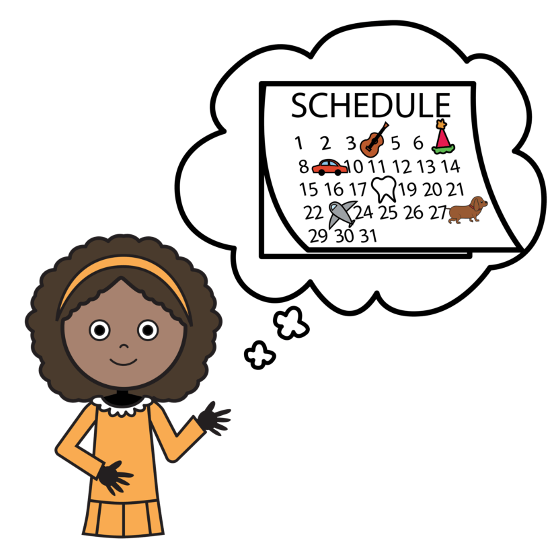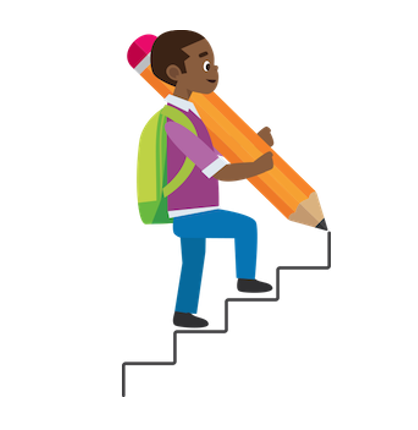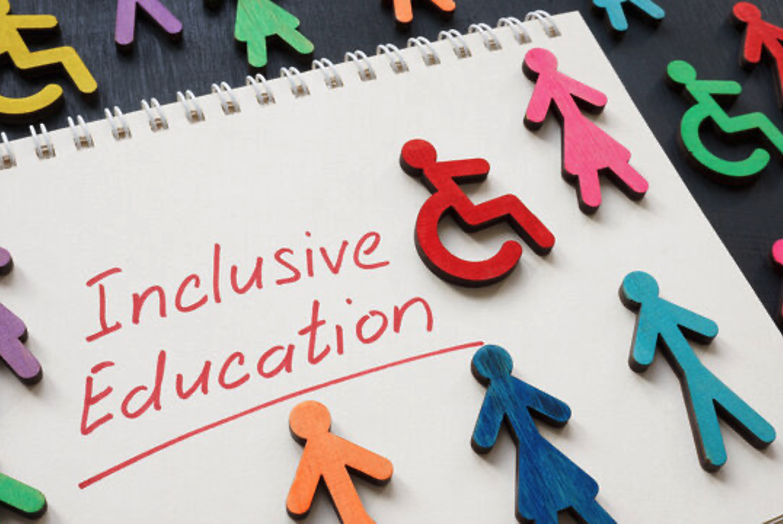How Do I Prevent Learned Helplessness with My Child with Special Needs?

How to Make Reading/Writing fun for kids with Special Needs?

How Do I Create a Balanced Start to the New School Year?
So, what is learned helplessness? It is the process of one person completing the task for another person, even if that person is capable of doing things for themselves. This type of activity eventually becomes a habit and one that is harder to get out of doing. Here is a simple example of learned helplessness. Your 5-year-old has learned how to tie his/her shoes and loves to practice this task. You as the parent, see this task as a monumentally long process and choose to continue tying his/her shoes even though they are quite capable of doing it. Eventually, the child begins to take the shoes to you so that you can continue to put them on and tie them. The process of learned helplessness is based on the child’s interactions with the adults around them.
This condition removes the desire to try and put forth an effort and teaches the student that they can sit back, letting someone else do it for them. So how do we create opportunities for our children/students to grow and continue growing? Here are few suggestions to try.
- Time: When working on a skill, set aside the time to work on that skill. If it is tying
shoes, then develop opportunities throughout the day to work on putting on and tying shoes. Let your child try, fail, try, fail, try, and then do hand/over/hand if needing to show the process. Children learn when they fail and try again. If your child gets frustrated and demonstrates an escalated behavior, then try these tips: you can show them a video of the desired task, do hand/over/hand, model it on your own shoe, or you do part of the task and let them finish it.
- Choice: Give your child/student a choice on what activity/task they would like to do on
their own. Kids like to have choices. This gives them a sense of responsibility, independence, and pride. They don’t have to try everything at once independently. Start small. If the task is to make their bed or to make their lunchbox, give them a choice in what they would like to do. Even if the task isn’t done 100% perfect (most of the time it won’t), let them try and feel a sense of accomplishment from completing the task. The next time they work on this task, it may just get done better.
- Have a goal insight: For your child/student, what is your end goal? Do you want your
child to clean their room, make their lunchbox, or complete one homework page independently? Then start off with one goal insight and work on that goal. It might take time, so be patient. Don’t expect to perfect that one goal in two days. Keep the outcome in your focus and allow your child/student to work on that goal until you feel that it is accomplished. But as you work on it, keep reassessing your level of support. In other words, you keep backing off, allowing them more room to work it out on their own.
I hope this list of supports help you dig out of that learned helplessness hole. It’s an easy hole to fall into, but by understanding the simple process of allowing our children/students to do tasks independently, they will begin to understand how awesome it is to do things for themselves.
Related posts






